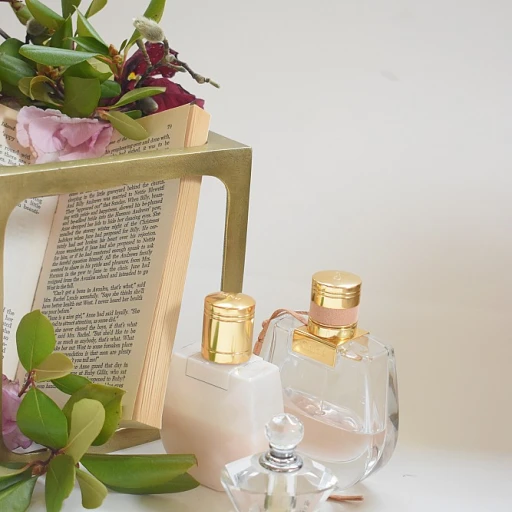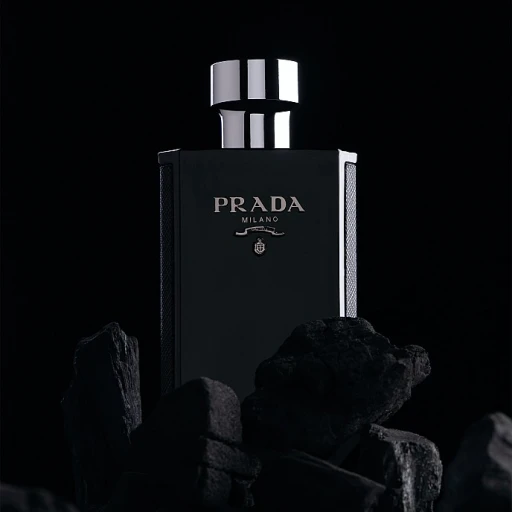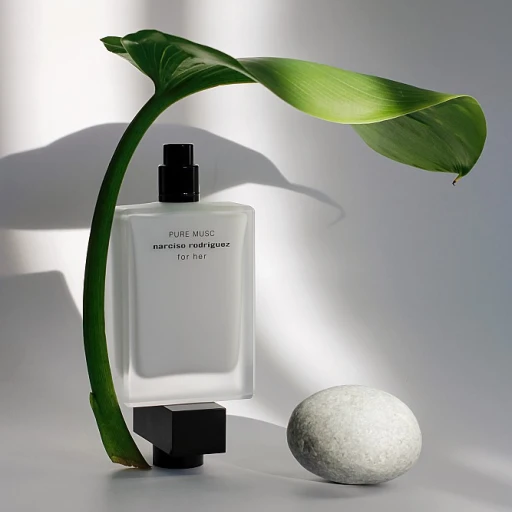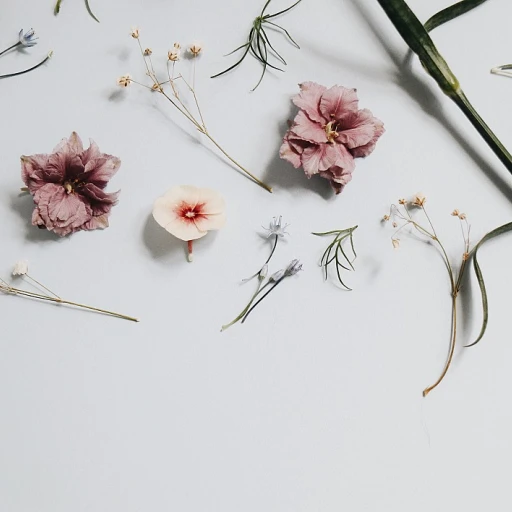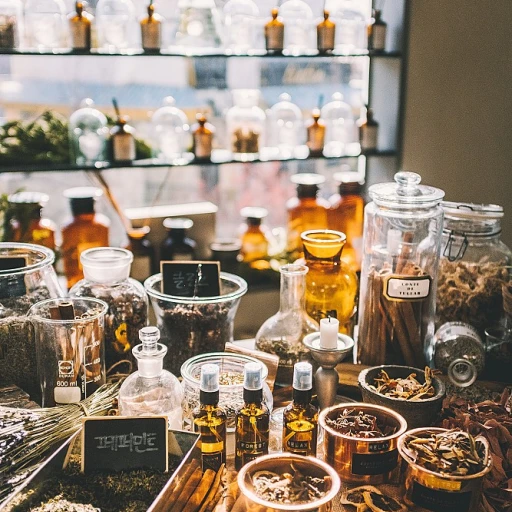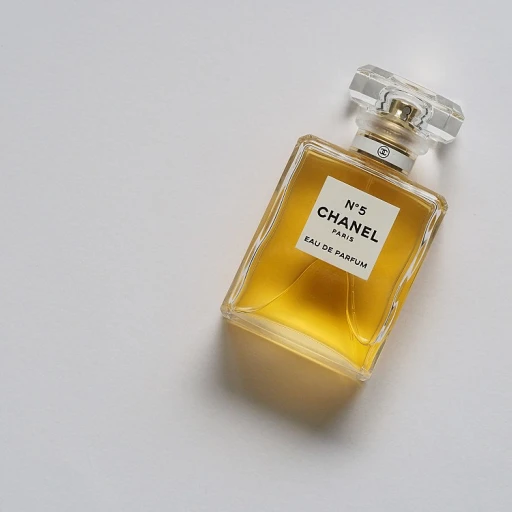
Les Premières Notes: Understanding the Impact of Top Notes in Fragrance
Deciphering the Symphony of Scent: The Role of Top Notes
In the exquisite art of perfumery, the impact of top notes is both immediate and transient, yet their influence on the fragrance experience is undeniable. Often referred to as the 'opening' of the perfume, top notes are the first notes to greet the nose and can set the stage for the entire scent narrative. A study by the International Fragrance Association found that it's these very notes that are most influential in a consumer's initial attraction to a perfume—a critical factor given that 75% of emotions are triggered by smell.
These ephemeral scent elements typically consist of lighter, more volatile molecules that evaporate swiftly. Their transitory nature means they can last anywhere from a few minutes up to an hour before transitioning to the mid or 'heart' notes. Citrus, herbaceous, and light fruity scents are common as top notes due to their high evaporation rates. One may begin to understand why the citrus family is vastly employed – they contain high concentrations of limonene, a highly volatile compound responsible for the burst of immediate freshness.
The Influential Whiff: The Psychological Effect of Top Notes
Psychologically speaking, top notes can play a pivotal role in mood alteration. For instance, the invigorating effect of lemon or peppermint is not just anecdotal; studies in the Journal of Agricultural and Food Chemistry have demonstrated their ability to elevate mood and increase alertness. The top notes act like a brand's striking first impression – profoundly shaping subsequent perceptions and emotions facilitating connections between scent and memory.
Moreover, the economics of first impressions in perfume marketing is clear: most purchase decisions are made within seconds, indicating the substantial influence of the initial olfactory impact. Top notes, thus, are not mere ingredients but powerful psychological tools at the disposal of perfumers, used to craft an instant appeal that can capture hearts and market shares alike.
Navigating the Scent Spectrum: Top Notes' Diversity and Complexity
The vast array of top notes available to perfumers is a clear indication of the diversity and complexity inherent in fragrance design. These initial notes vary from the zesty lime, grapefruit, and bergamot to the delicate sweet pea and lavender. This spectrum offers perfumers a palette to mix and match, creating unique scent profiles that stand out in a saturated market, where differentiation is key. According to Statista, the global fragrance market is saturated with thousands of scents, making the role of top notes crucial in defining a niche.
Personalizing fragrance has become a growing trend with consumers seeking to express individuality through scent. Creating a signature fragrance starts with a deep understanding of how top notes can shape a personal scent narrative. While traditional fragrances might lead with a predictable rose or jasmine, the modern perfumer may surprise the olfactory system with unconventional top notes such as blackcurrant buds or tomato leaves, emphasizing uniqueness and specificity in scent creation.
Chromatography of Scents: Analyzing Top Notes’ Volatility and Evaporation
The Essence of Evaporation: Top Notes’ Journey
When applying perfume, the initial aroma that greets the senses is a vital aspect of the fragrance experience. Statistically speaking, these top notes, also known as head notes, constitute approximately 15-30% of the perfume composition and are particularly influential as they set the stage. Research suggests that top notes are lighter, more volatile molecules, which evaporate quickly, giving the first impression of the scent before dissipating, usually over the course of 15 minutes to 2 hours. Understanding the volatility and evaporation process of top notes is a central theme in the fine craftsmanship of perfumes.
Dissecting Top Note Volatility with Chromatography
Chromatography is a technique revered in the fragrance industry for its ability to separate complex mixtures and provide a detailed profile of a perfume's constituents. It demonstrates, analytically, how top notes, composed of molecules like citrus oils and light fruits, are designed to evaporate first, thus capturing the olfactory attention instantly. Experts in perfume analysis utilize chromatography to pinpoint the evaporation rates of these scents, allowing for a strategic design where the top notes transition smoothly to the heart of the fragrance. For example, an analysis might reveal a ratio indicating how citrus top notes provide a crisp initiation that leads elegantly into a warm, spicy middle.
Bridging the Gap: Molecule by Molecule
To create a seamless olfactory journey, perfumers regard the evaporation curve of top notes as a key factor. Integrating the right balance of citrus, green, and floral components to achieve a fragrance that evolves gracefully over time is an art. Certain perfumes, rich in bergamot or lemon, for instance, are known for their sharp, effervescent quality that swiftly transitions into the heart notes. By meticulously considering the interplay between individual scent molecules, perfumers ensure that the narrative of the perfume unfolds as intended, from the initial spritz all the way to the lingering base notes. Statistics show that consumers are often influenced by this initial interaction, with 75% claiming that top notes play a significant role in their purchasing decisions.
The Harmony of Elements: Crafting a Perfect Balance of Top Notes
The Art of Blending: Top Notes in Perfume Creation
In the alchemy of perfume creation, the top notes are the initial chords that beckon the senses into the aromatic journey. They are not just the first impression but the sophisticated heralds of what's to unfold. Perfume connoisseurs know that the harmony of these volatile compounds requires a deft balance. It's a known fact that about 75% of emotions are triggered by smell which is linked to pleasure, well-being, and memory - making the choice of top notes crucial in fragrance design. An analytical approach to the blending of these notes can result in a fragrance masterpiece revered by aficionados worldwide.
Top notes, often comprised of citrus, herbal, and light fruity components, typically evaporate within the first 15 minutes, setting the stage for the heart and base notes. This ephemeral nature means that achieving the perfect balance is both an art and a science. According to industry statistics, the global perfume market size is expected to reach immense figures by 2025, with top notes playing a pivotal role in consumer preferences.
Striking the Right Chord: The Top Note Triad
- Intensity: The potency of a scent can be gauged by its impact on the olfactory senses. The right intensity ensures a captivating, but not overwhelming, experience.
- Longevity: Given the volatile nature of top notes, perfumers must judiciously select ingredients that offer a memorable yet fleeting presence.
- Compatibility: The interplay between the top notes and the subsequent layers of the fragrance should be seamless and complementary.
By considering these factors, perfumers can produce a blend where the top notes resonate with the consumer. "Top notes are the opening chapter of the story your perfume tells," a statement often echoed in the fragrance community. As we examine the magic behind top notes of perfumes, it becomes clear how these initial scents set the stage for an emotional connection with the fragrance.
For instance, the effervescent burst of a lemon or bergamot top note in a summer fragrance can evoke images of Mediterranean coasts and sun-kissed skin, while the crispness of apple or the herbaceous punch of basil can whisk you away to a lush orchard or a verdant garden. These vivid impressions are curated by choosing top notes that lend an authentic ambience to the olfactory narrative.
Case Studies: Memorable Top Notes in Iconic Perfumes
Iconic Introductions: The Power of First Impressions
As fragrance enthusiasts well know, the journey of a perfume's allure begins with its top notes. According to industry statistics, these initial scents are more than just an olfactory greeting; they constitute a pivotal 20-30% of the perfume's overall impression. Consider Chanel No. 5, where the aldehyde top notes create an enigmatic prelude that has captivated users since its inception in 1921. Here, the combination of ylang-ylang, neroli, and aldehydes has become synonymous with timeless elegance—a case study in first impressions setting the stage for legendary status.
Signatures in Scent: Establishing Unforgettable Aromas
Dior's J'adore is another exemplary fragrance, boasting a fruity-floral introduction that's both fresh and vibrant. Research shows that perfumes with a commanding presence of fruity and floral top notes, like J'adore's magnolia and peach, increase in popularity year over year. This trend reflects a consumer desire for perfumes that speak to a narrative of beauty and sophistication from the first spritz.
Evolution of Aromas: When Classics Embrace Novelty
The story of perfume is one of continual innovation, and top notes are often the playing field for such creativity. Take Thierry Mugler's Angel, for instance, which disrupted the fragrance market in 1992 with its pioneering use of ethyl maltol in its top notes, giving it a distinctive, sweet olfactory signature. The calculated risk of introducing a gourmand note paid off spectacularly, with Angel's sales skyrocketing, proving that bold and unique introductions can define a perfume's market success.
The Art of Complexity: Ingenious Compositions
Creativity in top notes doesn't just hinge on boldness; it's also about complexity and depth. A modern masterpiece, such as Le Labo's Santal 33, intertwines cardamom, violet, and ambrox, creating a multifaceted sensory experience. Santal 33's top notes encapsulate a travel narrative—the spirit of the American West—and have cultivated a nearly cult-like following. Industry insiders note that perfumes which capture a story within their initial notes often see a strong consumer loyalty and repeat purchases.
From Bottles to Memories: The Alchemy of Top-Noted Perfumes
Ultimately, the lasting impact of a perfume lies in the memories it evokes, and top notes are indispensable in this alchemy. Jo Malone's Lime Basil & Mandarin cologne, with its zesty, peppery introduction, not only sets an invigorating tone but also cements itself in users' memories as synonymous with freshness and energy. Studies have found that fragrances with a distinctive character in their top notes are more likely to not just attract, but to retain a devoted customer base.
In wrapping up our examination of top notes, we see their multifaceted role in crafting both the immediacy and the enduring appeal of fragrances. These examples highlight how top notes are not mere introductions; they are the decisive refrains that resonate through the life of a perfume, affirming their creators' reputations as maestros of scent. As we delve further into the composition of fragrances and the crafting of balanced top notes, we embrace the challenge and beauty of designing scents that will stand the test of time.
The DIY Olfactory Guide: Creating Your Signature Scent with Top Notes
Essentials for Crafting Your Top Notes
Embarking on the journey to create your signature scent is an artful endeavor that begins with understanding the role of top notes. As you've learned from the essence of top notes, they are the initial aroma that greets your senses, leading you into the heart of the fragrance. These ephemeral notes are pivotal, composing up to 25% of the total scent profile. To create a scent that resonates personally and leaves a memorable impression, a precise selection of fragrance notes is essential.
- Select Citrus for Spark: Citrus notes such as bergamot, lemon, and grapefruit offer a refreshing and zesty kick that invigorates any composition.
- Indulge in Fruits for Fun: Fruity notes like apple, berry, and peach contribute a playful, sweet introduction to your fragrance.
- Embrace Green for Freshness: Green notes like basil and mint convey a sense of crispness and natural elegance right at the opening.
- Reach for Herbs and Spices for Boldness: Adding herbaceous or spicy elements like rosemary or cardamom can introduce a striking, distinctive character.
Combining Top Notes for Complexity
As with the magic behind any fragrance journey, the complexity of your scent depends on the blend. Combining different top notes can lead to a magnificent olfactory tapestry. When melding scents, consider how each note's volatility interacts, lending to the aroma’s evolution. The fusion of citrus with a hint of spice, or green notes alongside fruit can result in a vivacious and engaging aroma. Keep in mind the delicate balance required; it's the intricate dance of these volatile molecules that defines the initial sillage of your fragrance.
Top Notes: Your Scent’s First Impression
In our exploration of chromatography of scents, it’s clear that top notes are the charismatic leaders of the fragrance narrative. They hold the power to captivate and entice before the heart and base notes reveal their full story. As the statistics indicate, approximately 75% of shoppers decide on a perfume based on its top notes alone. Therefore, when designing your signature scent, aim for a combination that captures your essence and communicates it succinctly in that critical first encounter.
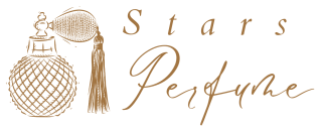

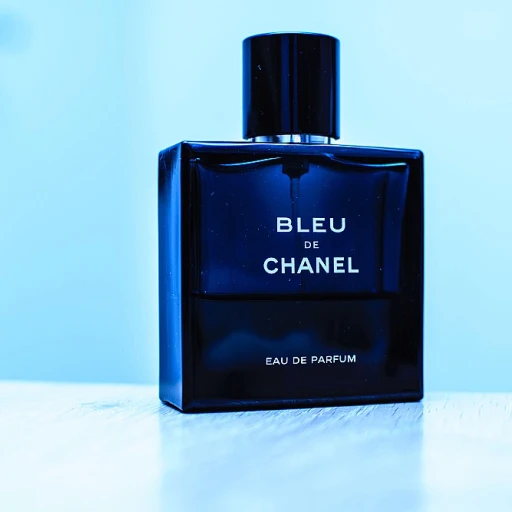
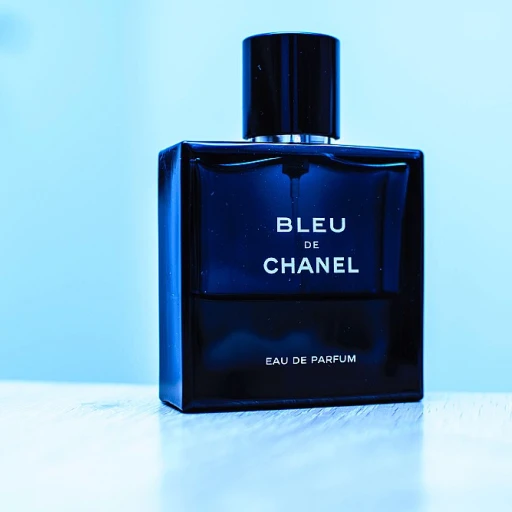
-large-teaser.webp)
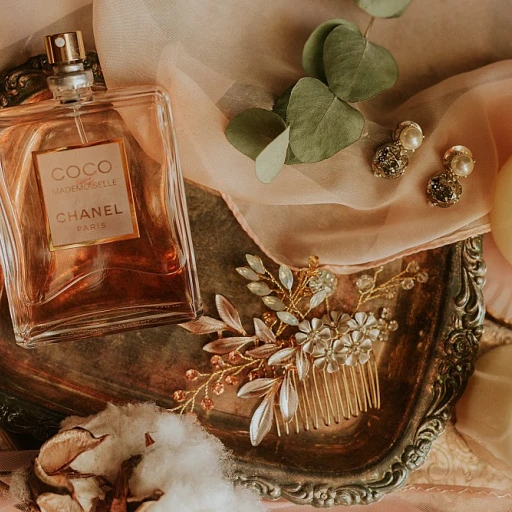
-large-teaser.webp)

